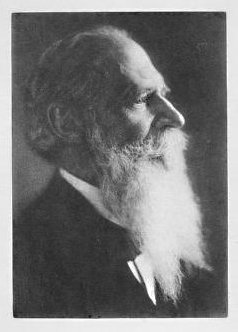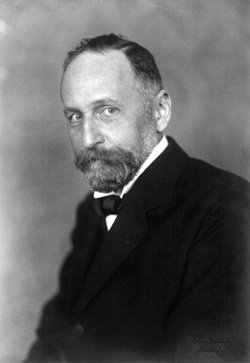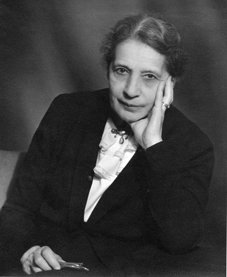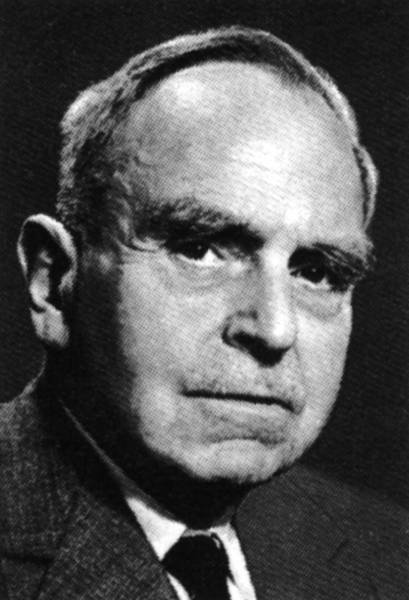Lise Meitner (1878-1968) worked from 1912, on an honorary basis, as a scientific guest at the Kaiser Wilhelm Institute for Chemistry in Berlin and, in 1913, became the first female Scientific Member of the Kaiser Wilhelm Society.
In the early years, she worked with Otto Hahn in a small department for radioactivity. They continued the study, which had already begun, into the magnetic spectra of beta particles in different radioactive substances. World War One forced Hahn and Meitner to interrupt their research. In 1916, Meitner recommenced her work and, in 1917, she set up her own radiophysical department. Together with Hahn, she discovered the radioactive isotope protactinium that same year. In 1920, Hahn and Meitner's research into radioactivity became the research focus of the Kaiser Wilhelm Institute for Chemistry.The collaboration between Otto Hahn, Fritz Straßmann and Lise Meitner led to the discovery of nuclear fission in 1938. Meitner made a decisive contribution with the physical and theoretical explanation.
In 1938, Meitner, who was Jewish by birth, fled into exile in Stockholm, Sweden, where she continued her work at the Nobel Institute in Stockholm. She remained in Sweden until 1960 and then moved to Cambridge in the UK to be with her nephew.







